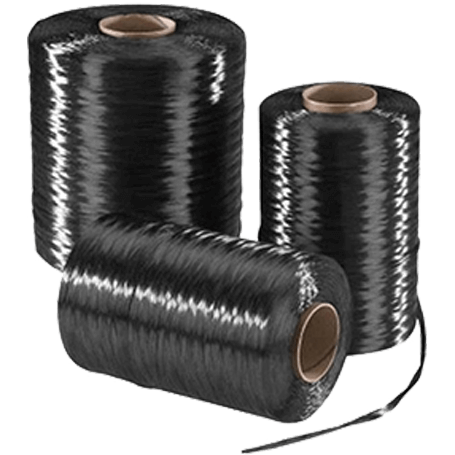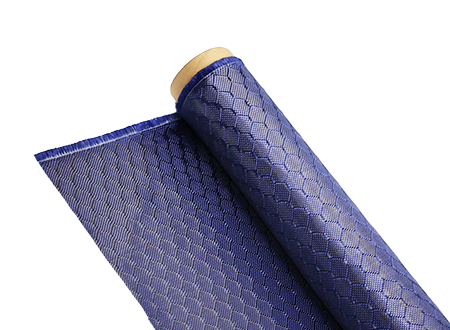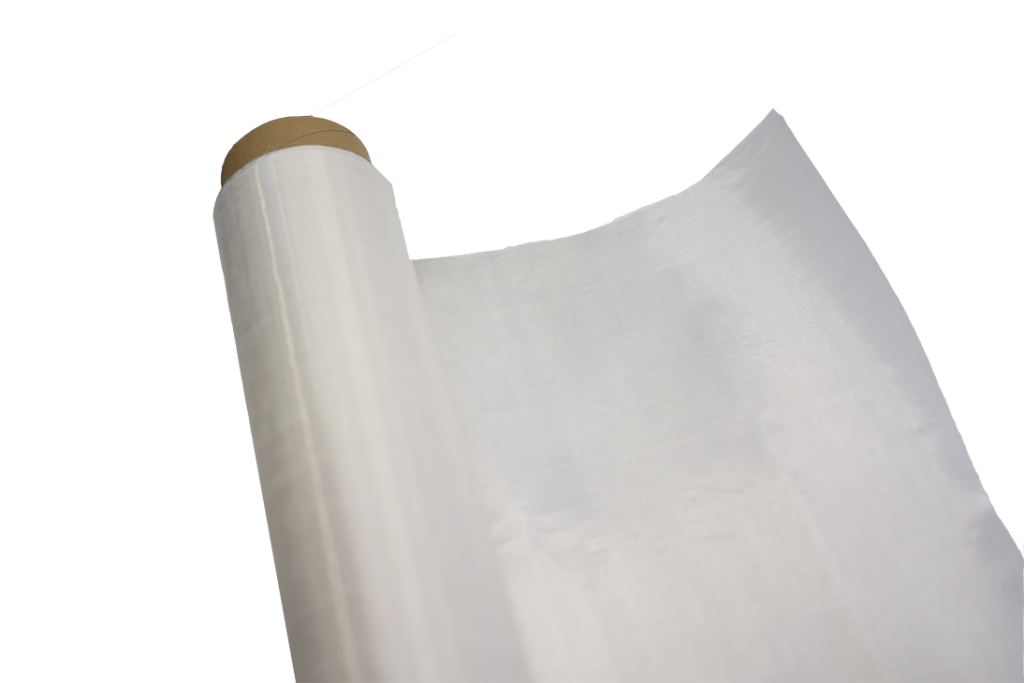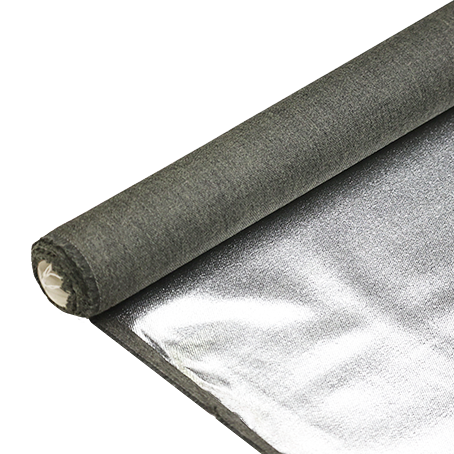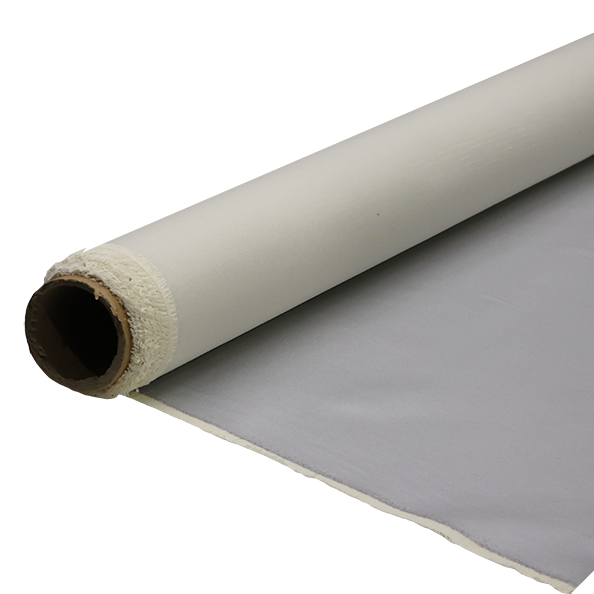Can 3K Carbon Fiber Be Customized for Automotive Interiors?
-
Table of Contents
“Elevate Your Ride: Customizable 3K Carbon Fiber for Unique Automotive Interiors.”
Introduction
3K carbon fiber has gained popularity in the automotive industry due to its lightweight, high strength, and aesthetic appeal. Customizing 3K carbon fiber for automotive interiors allows manufacturers and enthusiasts to enhance the visual and functional aspects of vehicles. This material can be tailored in various ways, including different weaves, finishes, and colors, enabling a unique and personalized touch to dashboards, trim pieces, and other interior components. The versatility of 3K carbon fiber not only improves the overall look of the interior but also contributes to weight reduction and improved performance, making it an attractive option for both luxury and performance vehicles.
Customization Options for 3K Carbon Fiber in Automotive Interiors
The automotive industry has witnessed a significant shift towards the incorporation of advanced materials, with 3K carbon fiber emerging as a popular choice for enhancing vehicle interiors. This lightweight yet robust material not only contributes to improved performance but also elevates the aesthetic appeal of automotive designs. As manufacturers and consumers alike seek to personalize their vehicles, the customization options for 3K carbon fiber in automotive interiors have become increasingly diverse and sophisticated.
One of the primary advantages of 3K carbon fiber is its versatility in design. This material can be molded into various shapes and sizes, allowing for tailored applications that meet specific consumer preferences. For instance, dashboard panels, center consoles, and door trims can all be crafted from 3K carbon fiber, providing a sleek and modern look that complements the overall interior design. Furthermore, the ability to create custom patterns and finishes enhances the personalization aspect, enabling car owners to select textures that resonate with their individual style. Whether opting for a matte finish for a subtle appearance or a glossy surface for a more striking effect, the choices are virtually limitless.
In addition to aesthetic customization, 3K carbon fiber can also be integrated with other materials to create unique combinations that enhance both functionality and visual appeal. For example, pairing carbon fiber with leather or Alcantara can result in a luxurious feel while maintaining the lightweight benefits of carbon fiber. This hybrid approach not only enriches the tactile experience but also allows for a broader range of design possibilities. As a result, automotive manufacturers can cater to a wider audience, appealing to those who prioritize luxury as well as those who seek performance-oriented features.
Moreover, the technological advancements in the production of 3K carbon fiber have paved the way for innovative customization techniques. Digital printing technology, for instance, enables manufacturers to apply intricate designs and graphics directly onto carbon fiber surfaces. This capability allows for the creation of bespoke interiors that reflect the owner’s personality or brand identity. Additionally, the use of 3D printing in conjunction with carbon fiber opens up new avenues for customization, as intricate components can be produced with precision and efficiency. This not only reduces lead times but also allows for rapid prototyping, enabling designers to experiment with various concepts before finalizing their designs.
Another significant aspect of customization is the potential for functional enhancements. For instance, 3K carbon fiber can be engineered to include features such as integrated lighting or touch-sensitive controls, further elevating the user experience. These innovations not only enhance the visual appeal of the interior but also contribute to the overall functionality of the vehicle. As consumers increasingly seek vehicles that offer both style and practicality, the ability to customize 3K carbon fiber components to include such features becomes a valuable selling point.
In conclusion, the customization options for 3K carbon fiber in automotive interiors are vast and continually evolving. From aesthetic enhancements to functional innovations, this material offers a unique blend of performance and personalization that appeals to a wide range of consumers. As the automotive industry continues to embrace advanced materials and technologies, the potential for further customization of 3K carbon fiber will undoubtedly expand, allowing for even more creative and individualized automotive designs. Ultimately, this trend not only enhances the driving experience but also reflects the growing demand for personalized vehicles in today’s market.
Benefits of Using 3K Carbon Fiber for Interior Customization

The use of 3K carbon fiber in automotive interiors has gained significant traction in recent years, primarily due to its unique properties that enhance both aesthetics and functionality. One of the most notable benefits of 3K carbon fiber is its lightweight nature. This material is considerably lighter than traditional metals and plastics, which contributes to overall vehicle weight reduction. A lighter vehicle not only improves fuel efficiency but also enhances performance, making it an attractive option for automotive manufacturers and enthusiasts alike. Consequently, the integration of 3K carbon fiber into interior components can lead to a more agile driving experience.
In addition to its lightweight characteristics, 3K carbon fiber boasts exceptional strength and durability. This material is known for its high tensile strength, which means it can withstand significant stress without deforming or breaking. As a result, automotive interiors that incorporate 3K carbon fiber can endure the rigors of daily use while maintaining their structural integrity. This durability is particularly beneficial in high-performance vehicles, where the interior components are subjected to more intense conditions. Furthermore, the longevity of 3K carbon fiber reduces the need for frequent replacements, ultimately leading to cost savings for both manufacturers and consumers.
Another compelling advantage of 3K carbon fiber is its aesthetic appeal. The distinctive weave pattern and glossy finish of carbon fiber create a modern and sophisticated look that is highly sought after in the automotive industry. Customizing interiors with 3K carbon fiber allows for a level of personalization that can elevate the overall design of a vehicle. Whether used in dashboard trims, seat accents, or door panels, the incorporation of this material can transform an ordinary interior into a luxurious space. Additionally, the versatility of 3K carbon fiber enables it to be molded into various shapes and sizes, allowing for creative designs that cater to individual preferences.
Moreover, the customization potential of 3K carbon fiber extends beyond mere aesthetics. The material can be combined with other elements, such as leather or aluminum, to create a unique blend of textures and finishes. This fusion not only enhances the visual appeal but also allows for a more tactile experience, which can significantly improve the overall comfort of the interior. As consumers increasingly seek personalized experiences in their vehicles, the ability to customize interiors with 3K carbon fiber becomes a valuable selling point for manufacturers.
In addition to its physical properties and aesthetic advantages, 3K carbon fiber is also resistant to corrosion and environmental factors. Unlike metals that may rust or degrade over time, carbon fiber maintains its appearance and structural integrity even when exposed to moisture or extreme temperatures. This resilience makes it an ideal choice for automotive interiors, where exposure to varying conditions is inevitable. Consequently, the use of 3K carbon fiber not only enhances the immediate visual appeal of a vehicle but also contributes to its long-term value.
In conclusion, the benefits of using 3K carbon fiber for automotive interior customization are manifold. Its lightweight nature, exceptional strength, aesthetic appeal, and resistance to environmental factors make it a superior choice for enhancing vehicle interiors. As the automotive industry continues to evolve, the demand for innovative materials like 3K carbon fiber will likely increase, paving the way for more personalized and high-performance vehicles. Ultimately, the integration of 3K carbon fiber into automotive interiors represents a significant advancement in both design and functionality, catering to the desires of modern consumers.
Techniques for Customizing 3K Carbon Fiber in Vehicle Interiors
The customization of 3K carbon fiber for automotive interiors has gained significant traction in recent years, driven by the material’s unique properties and aesthetic appeal. 3K carbon fiber, characterized by its three-thousand filaments per tow, offers a balance of strength, weight, and flexibility, making it an ideal choice for various applications within vehicle interiors. As automotive manufacturers and enthusiasts alike seek to enhance the visual and functional aspects of their vehicles, several techniques have emerged to customize this versatile material effectively.
One of the primary methods for customizing 3K carbon fiber involves the application of different finishes. While the traditional glossy finish is popular for its sleek appearance, matte and textured finishes are increasingly favored for their ability to reduce glare and provide a more tactile experience. These finishes can be achieved through various processes, including clear coating, sanding, and the use of specialized resins. By selecting the appropriate finish, designers can tailor the look and feel of carbon fiber components to align with the overall aesthetic of the vehicle’s interior.
In addition to surface finishes, color customization is another significant aspect of 3K carbon fiber modification. Although carbon fiber is typically associated with a black or dark gray appearance, advancements in dyeing techniques have made it possible to introduce a spectrum of colors. This can be accomplished through the infusion of colored resins during the manufacturing process or by applying a dye post-production. Such color customization allows for greater personalization, enabling vehicle owners to match their carbon fiber components with other interior elements, such as upholstery or trim.
Moreover, the integration of carbon fiber with other materials presents an exciting avenue for customization. For instance, combining 3K carbon fiber with leather, aluminum, or wood can create a striking contrast that enhances the overall design of the interior. This hybrid approach not only elevates the aesthetic appeal but also allows for functional benefits, such as improved grip or enhanced durability. By strategically placing carbon fiber accents alongside other materials, designers can create a cohesive and sophisticated look that resonates with modern automotive trends.
Another technique that has gained popularity is the use of 3D printing to create bespoke carbon fiber components. This innovative approach allows for the production of intricate designs that would be challenging to achieve through traditional manufacturing methods. By utilizing 3D printing technology, manufacturers can produce custom-fit parts tailored to specific vehicle models or individual preferences. This level of customization not only enhances the uniqueness of the vehicle but also opens up possibilities for ergonomic improvements, ensuring that the components are not only visually appealing but also functional.
Furthermore, the application of advanced technologies such as CNC machining and laser cutting has revolutionized the customization of 3K carbon fiber. These techniques enable precise shaping and detailing of carbon fiber components, allowing for intricate designs and patterns that can elevate the interior’s sophistication. By employing these technologies, manufacturers can ensure that each piece fits seamlessly within the vehicle’s architecture, enhancing both form and function.
In conclusion, the customization of 3K carbon fiber for automotive interiors is a multifaceted process that encompasses various techniques, including surface finishing, color application, material integration, 3D printing, and advanced machining. As the automotive industry continues to evolve, the demand for personalized and aesthetically pleasing interiors will likely drive further innovation in the customization of this remarkable material. Ultimately, the ability to tailor 3K carbon fiber components not only enhances the visual appeal of vehicles but also contributes to a more engaging and enjoyable driving experience.
Q&A
1. **Question:** Can 3K carbon fiber be customized for automotive interiors?
**Answer:** Yes, 3K carbon fiber can be customized for automotive interiors through various processes such as molding, cutting, and finishing to fit specific design requirements.
2. **Question:** What customization options are available for 3K carbon fiber in automotive interiors?
**Answer:** Customization options include different shapes, sizes, surface finishes (glossy or matte), and the ability to incorporate colors or patterns.
3. **Question:** Is 3K carbon fiber durable enough for automotive interior applications?
**Answer:** Yes, 3K carbon fiber is known for its high strength-to-weight ratio and durability, making it suitable for automotive interior applications.

